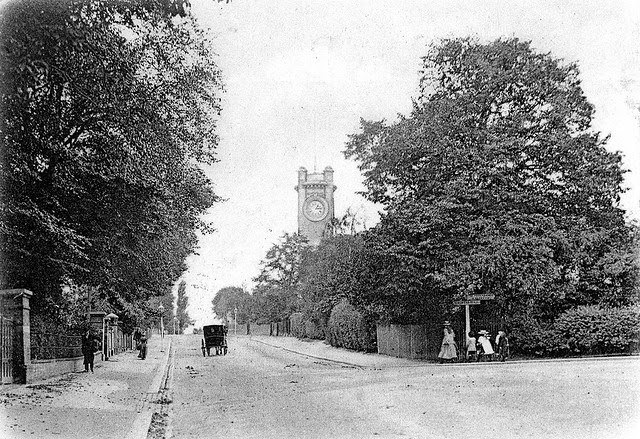By Claus Murmann
The Forest Hill Society’s communications committee thought it would be interesting to spotlight local artists in the Forest Hill area, and there was a rumour that a band called Public Service Broadcasting (PSB) were based in SE23. Since I happen to be a fan, I reached out to J. Willgoose, Esq., one of the band, on Twitter, and to my delight he offered to answer a few questions.
If you’re thinking “Who are PSB?” then check out the ‘The Race for Space’ album, especially if you’re into anything related to the history of Sputnik, through to the Apollo landings. The album contains fantastic historical storytelling via archive recordings blended with synths. Check out his ‘best kept secret’ about SE23 below and you’ll see he’s posted some pictures of local owls on his Twitter @jwillgoose_esq.
Q: Describe PSB to someone who’s not familiar with the band.
We write new music based on old source material, essentially — we started off using only audio samples from public information films, archive footage and propaganda (especially for our 2012 release ‘The War Room’), but over the years it's diversified to include poems, oral history, fragments of melodies and even some original lyrics. I think we write, essentially, narrative albums, using music to tell a story.
Q: Which song (or album) would you recommend as a PSB starter?
I'd say the ‘The Race For Space’ is the most popular, because space is such an imagination-catching topic, and the source material for that record was very strong indeed.
Q: Best kept secret in SE23?
The local birdlife, I think. I've always loved birds, but I've got better at recognising them by their calls, which means I also see a lot more. In 2020 I've seen kingfishers, green & great spotted woodpeckers, nuthatches, goldcrests, blackcaps, long-tailed tits and our new local resident, the peregrine falcon. I even saw an owl recently. This is all without having to walk more than a mile from my front door, so I think we're very lucky to have so much wildlife on our doorstep.
Q: Do you shop locally — what’s your favourite local shop?
We try to, yes. One of the few benefits of the past year has been being on foot in the neighbourhood more and noticing how many new local shops are springing up and, it seems, flourishing. We've also started using the independent book shop Moon Lane Books more recently. As for pubs, there are loads of good ones (and a couple of dodgy ones). The Dartmouth Arms, the Blythe Hill Tavern and the Chandos are all good pubs that I enjoy visiting. Hopefully, all our locals will come through the other side of this in okay-shape.
Q: Have you ever been recognised whilst out and about in SE23?
No, thank god. I was walking down my street once and noticed that the man coming towards me was wearing one of our t-shirts, but, thankfully, he sailed right on by. It's nice to be anonymous.
Q: What new music are you looking forward to in 2021?
There's a new Mogwai album imminently — other than that, I'm keeping my head down for the moment, trying to finish ours. I don't listen to much new stuff when I get to this phase of finishing something as I just don't have room in my head. I'm looking forward to getting this done though and then being able to relax with music again, properly.
Q: Tim’s Twitter Listening Parties have been great in 2020 — Which ones (aside from the PSB’s!) were your favourites? Have these helped to promote music and support artists during lockdown?
I loved the British Sea Power’s '
The Decline of British Sea Power' one, The Avalanches’ ‘
Since I Left You’ and The Flaming Lips’ ‘
The Soft Bulletin’. I've lurked for quite a few more of them but I think those are the ones I got actively involved in. All three are very important records for me.
Q: Did you record your solo ‘Late Night Final’ album this year from home? Do the neighbours ever bang on the walls?
Yes, I've mixed all our records so far at home, and ‘Late Night Final’ was no different. We're on a corner so I think I'm relatively safe, plus I don't listen at insane levels.

















